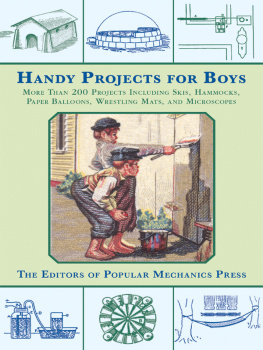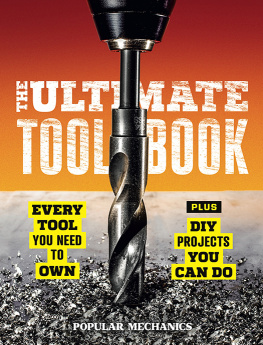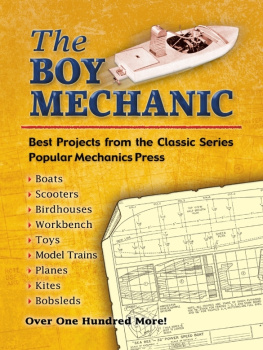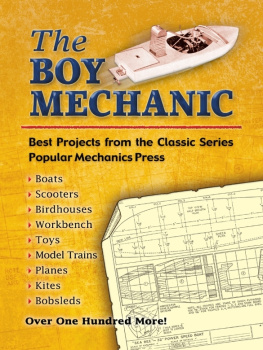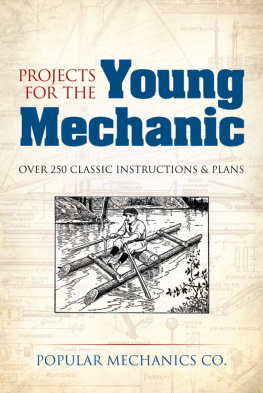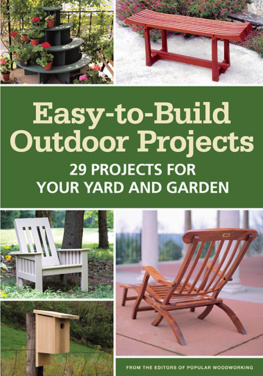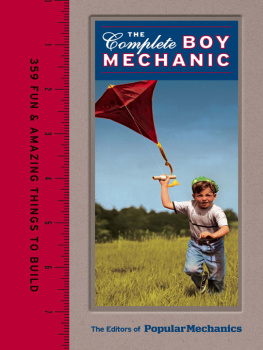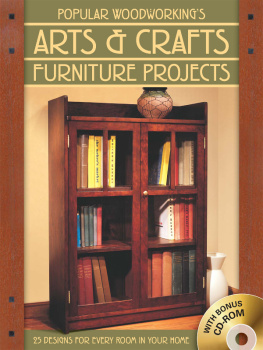Arrangement Copyright 2014 by Skyhorse Publishing
All Rights Reserved. No part of this book may be reproduced in any manner without the express written consent of the publisher, except in the case of brief excerpts in critical reviews or articles. All inquiries should be addressed to Skyhorse Publishing, 307 West 36th Street, 11th Floor, New York, NY 10018.
Skyhorse Publishing books may be purchased in bulk at special discounts for sales promotion, corporate gifts, fund-raising, or educational purposes. Special editions can also be created to specifications. For details, contact the Special Sales Department, Skyhorse Publishing, 307 West 36th Street, 11th Floor, New York, NY 10018 or .
Skyhorse and Skyhorse Publishing are registered trademarks of Skyhorse Publishing, Inc., a Delaware corporation.
www.skyhorsepublishing.com
10 9 8 7 6 5 4 3 2 1
Library of Congress Cataloging-in-Publication Data is available on file.
ISBN: 978-1-62873-774-5
Printed in China
TABLE OF CONTENTS
CAMP ACTIVITIES FOR THE GREAT OUTDOORS
A G UITAR T HAT IS E ASY TO M AKE
A guitar having straight lines, giving it an old-fashioned appearance, can be made by the home mechanic, and if care is taken in selecting the material, and having it thoroughly seasoned, the finished instrument will have a fine tone. The sides, ends and bottom are made of hard wood, preferably hard maple, and the top should be made of a thoroughly seasoned piece of soft pine. The dimensioned pieces required are as follows:

Details of Guitar
1 Top, / by 14 by 17 in.
1 Bottom, / bys 14 by 17 in.
2 Sides, / by 3 by 16 in.
1 End, / by 3 by 13 / in.
1 End, / by 3 by 9 in.
1 Neck, 1 by 2 / by 18 in.
1 Fingerboard, / by 2 by 16 in.
Cut the fingerboard tapering and fasten pieces cut from hatpins with small wire staples for frets. All dimensions for cutting and setting are shown in the sketch. The neck is cut tapering from G to F and from J to F, with the back side rounding. A draw-knife is the proper tool for shaping the neck. Cut a piece of hard wood, in. square and / in. long, and glue it to the neck at F. Glue the fingerboard to the neck and hold it secure with clamps while the glue sets.
The brace at D is 1 in. thick, cut to any shape desired. The sides are glued together and then the front is glued on them. Place some heavy weights on top and give the glue time to dry. Fasten pieces of soft wood in the corners for braces. Glue the neck to the box, making it secure by the addition of a carriage bolt at A. A small block C is glued to the end to reinforce it for the bolt. Glue strips of soft wood, as shown by K, across the front and back to strengthen them. The back is then glued on and the outside smoothed with sandpaper.
Make the bottom bridge by using an old hatpin or wire of the same size for E secured with pin staples. Glue the bridge on the top at a place that will make the distance from the bridge F to the bottom bridge E just 24 in. This dimension and those for the frets should be made accurately. Six holes, / in. in diameter, are drilled in the bottom bridge for pins. The turning plugs B and strings can be purchased at any music store.Contributed by J. H. Stoddard, Carbondale, Pa.
A M ONOPLANE W EATHER V ANE
The toy windmill or weather vane shown in the sketch is made to represent a Blriot monoplane. The propeller is turned by the wind. The frame is made of heavy wire and connected with straps of tin. The construction is plainly shown in the illustration. The windmill vane can be made in any size to suit the builder.Contributed by W. C. Bliss, St. Louis, Missouri.

Wire and Sheet-Metal Vane
G REASING THE F RONT W HEELS OF AN A UTOMOBILE
The front wheel bearings of an automobile can be greased without removing the wheels in the following manner: Remove the hub caps and fill them with heavy grease and then screw them in place. Continue this operation until the grease is forced between all the bearings and out through the small clearance on the opposite side of the wheels. This should be done at least once every month to keep bearings well lubricated and free from grit. Dirt cannot enter a well filled bearing as easily as muddy water can enter a dry bearing.Contributed by Chas. E. Frary, Norwalk, O.
Mold on wallpaper can be removed at once by applying a solution of 1 part salicylic acid in 4 parts of 95-percent alcohol.
H OW TO C ROSS A S TREAM ON A L OG
When crossing a water course on a fence rail or small log, do not face up or down the stream and walk sideways, for a wetting is the inevitable result. Instead, fix the eye on the opposite shore and walk steadily forward. Then if a mishap comes, you will fall with one leg and arm encircling the bridge.C. C. S.
H OW TO M AKE A F LINT A RROWHEAD
If you live where flints abound, possess the requisite patience and the knack of making things, you can, with the crudest of tools and a little practice, chip out as good arrowheads as any painted savage that ever drew a bow.
Select a piece of straight-grained flint as near the desired shape as possible. It may be both longer and wider than the finished arrow but it should not be any thicker. The side, edge and end views of a suitable fragment are shown in Fig. 1. Hold the piece with one edge or end resting on a block of wood and strike the upper edge lightly with a hammer, a small boulder or anything that comes handy until the piece assumes the shape shown in Fig. 2.

The Stone Chipped into Shape
The characteristic notches shown in the completed arrow, Fig. 3, are chipped out by striking the piece lightly at the edge of an old hatchet or a heavy flint held at right angles to the edge of the arrow. These heads can be made so that they cannot be arrowheads.Contributed by B. Orlando Taylor, Cross Timbers, Mo.
H OW TO M AKE P APER B ALLOONS
Balloons made spherical, or designed after the regular aeronauts hot-air balloon, are the best kind to make. Those having an odd or unusual shape will not make good ascensions, and in most cases the paper will catch fire from the torch and burn before they have flown very far. The following description is for making a tissue-paper balloon about 6 ft. high.
The paper may be selected in several colors, and the gores cut from these, pasted in alternately, will produce a pretty array of colors when the balloon is in flight. The shape of a good balloon is shown in Fig. 1. The gores for a 6-ft. balloon should be about 8 ft. long or about one-third longer than the height of the balloon. The widest part of each gore is 16 in. The widest place should be 53 in. from the bottom end, or a little over half way from the bottom to the top. The bottom of the gore is one-third the width of the widest point. The dimensions and shape of each gore are shown in Fig. 2.

